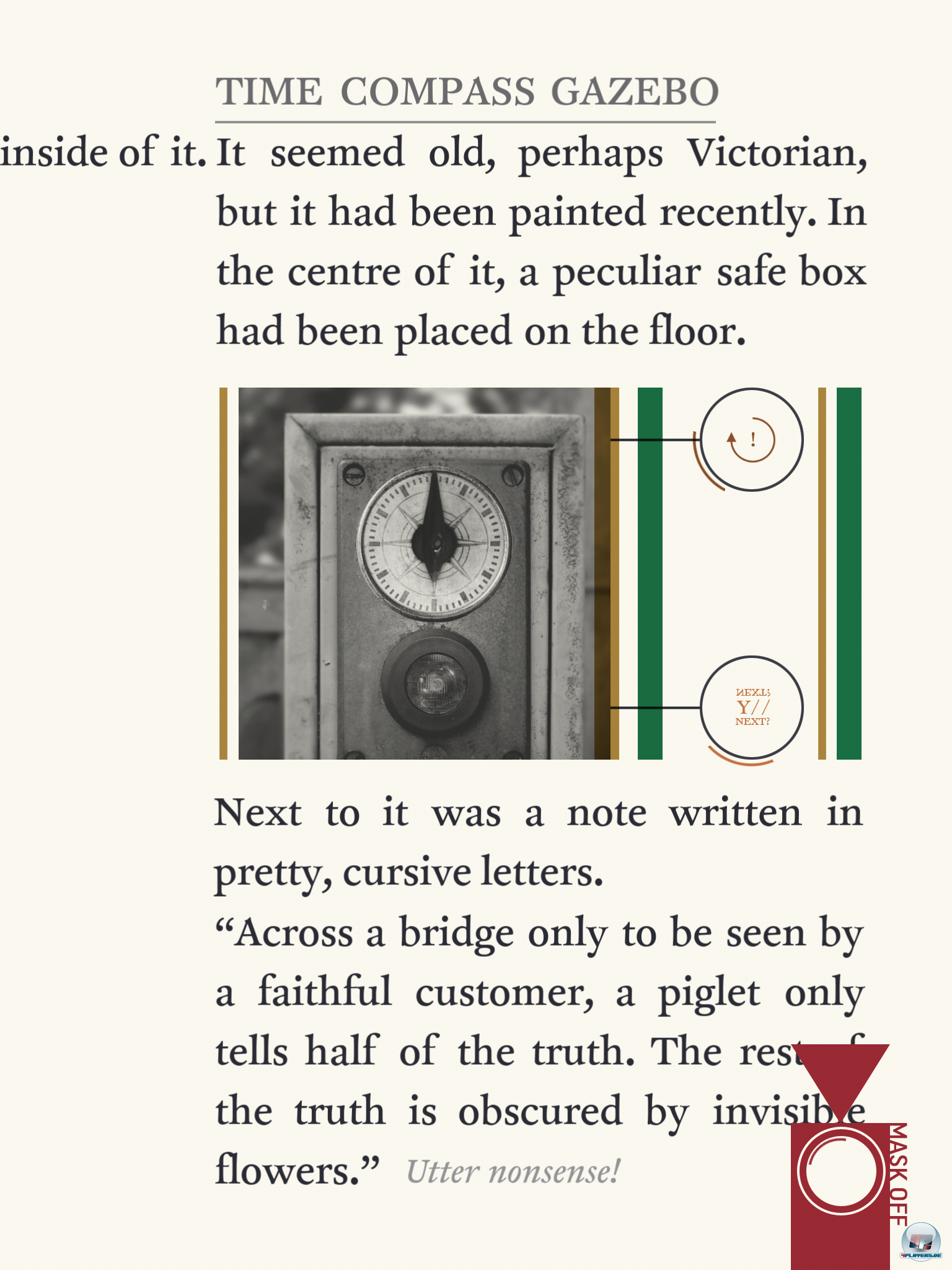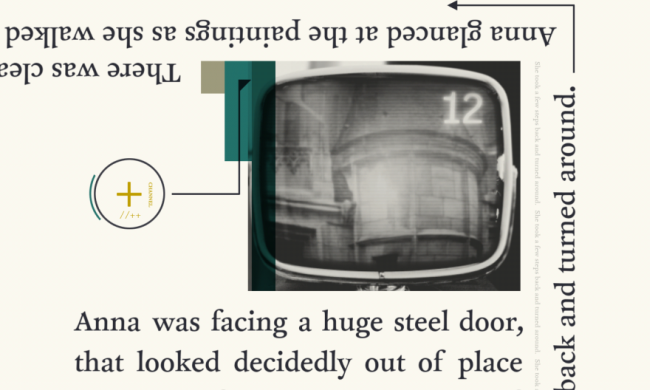In “Device 6,” players are immersed in a richly woven narrative that blends text, sounds, and visual elements, but this complexity can often present a challenge when solving its intricate puzzles. To navigate this interactive experience effectively, utilizing external tools such as pen and paper or digital note-taking applications becomes essential. This approach allows players to manage and organize the multifaceted clues and connections embedded within the game.
Strategies for Using External Notes and Tools
1. Note-taking for Clue Management:
– Use pen and paper or a digital app to record vital numeric clues, passwords, and sequences that players encounter throughout the game. For example, whenever a tape reveals a numeric code or a symbol appears in the text, writing these down can help establish necessary connections later on. Noting these details is crucial for keeping track of the myriad of hints scattered across the various narratives of the game.
2. Mapping the Game World:
– Creating sketches of the game’s map or flowcharts can significantly aid in understanding spatial relationships and progressions within the puzzles. Given that “Device 6” utilizes a text-based navigation system, visually mapping directions and relating them to the unfolding story can provide clarity. Addressing how different locations connect and tracking the paths already traversed can help simplify complex decision-making points.
3. Organizing Puzzle Solutions:
– Tracking puzzle solutions in an organized manner is beneficial for players facing multiple objectives and hints. This might involve listing combinations of letters or directional cues, such as L (left) and R (right) movements needed to unlock doors. Systematizing these sequences on paper can facilitate quicker recall and application when encountering locked puzzles later in the game.
Specific Player Actions:
1. Transcribing Clues:
– Players should diligently transcribe significant numeric clues from in-game audio recordings or visual prompts, such as numbers hidden in paintings or spoken messages. This action ensures that crucial information is not overlooked and remains accessible.
2. Tracking Code Sequences:
– As players progress, they can keep track of code sequences or hints that emerge from earlier chapters or rooms. By consolidating these elements into a single document, players enable themselves to see how different pieces of the puzzle fit together.
3. Visual Organization:
– Using external tools to visually categorize complex information is a key strategy that the game’s interface may not support. Illustrating the relationships between different riddles and narrative threads can help players visualize the bigger picture.
Conclusion
Ultimately, the immersive nature of “Device 6” demands a strategic approach to unravel its layered puzzles. By leveraging pen and paper or digital tools to document critical codes, directional sequences, audio cues, and mapping the environment, players can effectively navigate the game without becoming overwhelmed. This method not only mirrors the investigative process of the game’s protagonist but also enhances the overall gaming experience, making it more manageable and enjoyable. Thus, equipping oneself with these note-taking and mapping strategies is indispensable for any player seeking to conquer the complexities of “Device 6.”






Leave a Reply